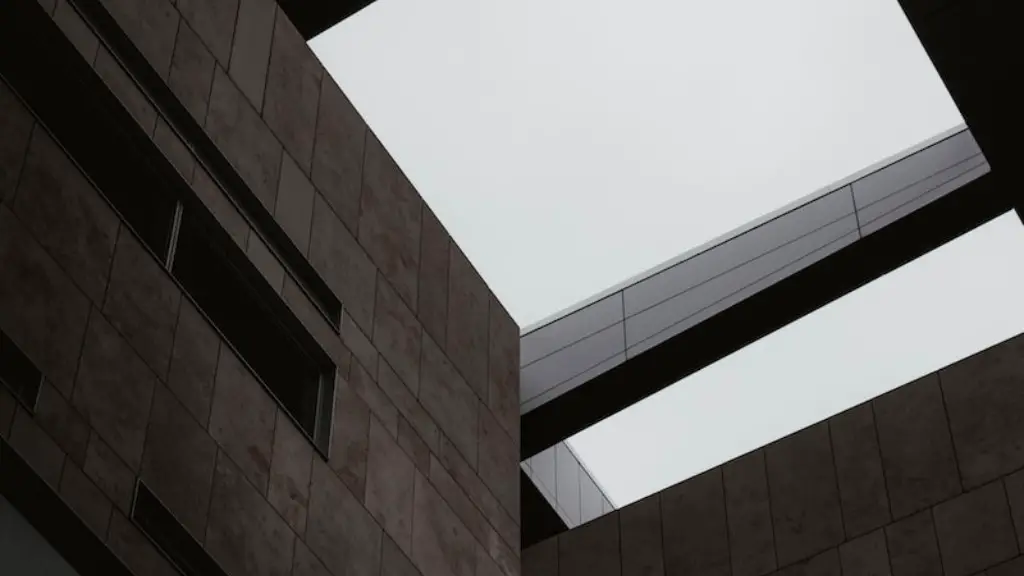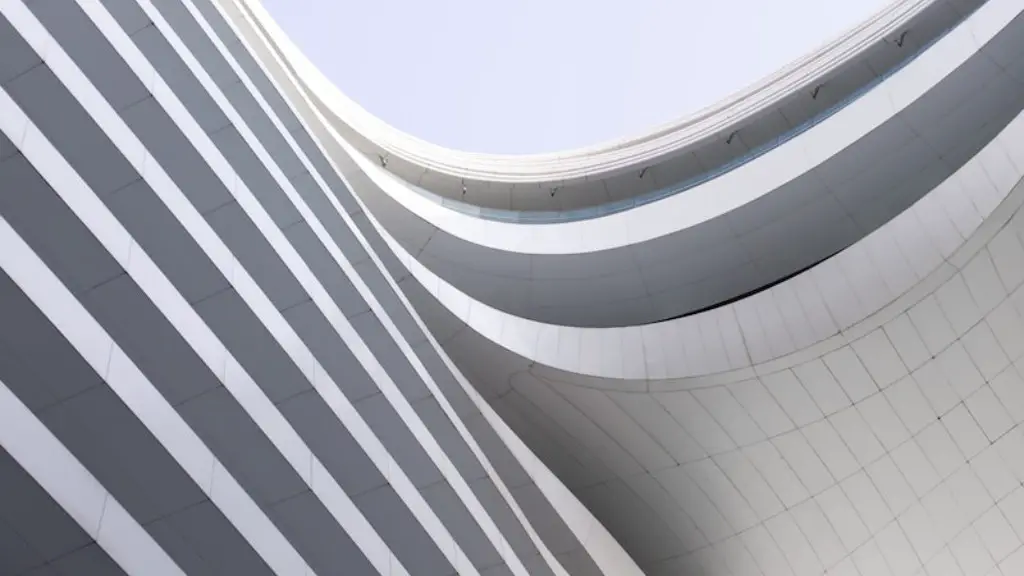GPU is a type of processor that is specialized for handling graphics. It is typically found on devices that require high performance graphics, such as gaming laptops and computers.
A GPU is a specialized electronic circuit designed to acceleration computer graphics.
What is a GPU in a computer?
A graphics processing unit (GPU) is a type of computer processor that is specialized for handling graphics-related work. GPUs are used in devices such as computers, laptops, and smartphones to help handle graphics-related tasks such as rendering graphics, applying effects, and playing videos. There are two main types of GPUs: integrated GPUs and discrete GPUs. Integrated GPUs are built into your PC’s motherboard, allowing laptops to be thin, lightweight, and power-efficient. Discrete GPUs are separate from the main CPU and offer more powerful graphics processing capabilities. When choosing a GPU, you should consider the type of graphics-related work you need to do and the level of performance you require.
Heterogeneous or hybrid computing is a type of computing where a CPU and a GPU are used together to process data. A CPU typically consists of four to eight CPU cores, while a GPU consists of hundreds of smaller cores. Together, they operate to crunch through the data in an application. This massively parallel architecture is what gives the GPU its high compute performance.
What is the difference between a CPU and a GPU
A CPU (central processing unit) is responsible for carrying out the main functions of a computer, including fetching, decoding, and executing instructions. A GPU (graphics processing unit) is a specialized component that is designed to efficiently process large numbers of small tasks simultaneously.
The primary difference between a CPU and GPU is that a CPU is designed to handle a relatively small number of tasks quickly and efficiently, while a GPU is designed to handle a large number of tasks simultaneously. This difference is due to the fact that CPUs are generally limited to a handful of cores, while GPUs typically have hundreds or even thousands of cores.
GPUs are well-suited for tasks that can be parallelized, such as video processing and certain types of scientific and engineering calculations. CPUs, on the other hand, are better suited for tasks that require sequential processing, such as most general-purpose applications.
GPUs come in two basic types: integrated and discrete. An integrated GPU does not come on its own separate card at all and is instead embedded alongside the CPU. A discrete GPU is a distinct chip that is mounted on its own circuit board and is typically attached to a PCI Express slot.
What is a GPU for dummies?
GPU stands for Graphics Processing Unit. It is a specialized processor that is designed to accelerate graphics rendering. GPUs can process many pieces of data simultaneously, making them useful for machine learning, video editing, and gaming applications.
While CPUs are good at sequential tasks, they are not as efficient at parallel processing. GPUs are much better at handling specialized computations and can have thousands of cores that can run operations in parallel. This makes them ideal for handling large amounts of data.
Do you need a GPU for architecture?
Without a dedicated graphics card, you will not be able to obtain the best performance results in many architecture programs that rely on GPU hardware acceleration. We recommend a Nvidia or AMD Radeon card with at least 4 gb of VRAM.
There are two main types of GPU architectures for rendering: immediate-mode rendering (IMR) and tile-based rendering (TBR).
IMR uses a traditional rendering pipeline, where each frame is rendered from scratch. This can be inefficient for complex scenes, as a lot of processing power is wasted on geometry that is not visible.
TBR takes a different approach, by first dividing the screen into tiles and only rendering the tiles that contain visible geometry. This can be much more efficient, as only the tiles that need to be rendered are processed.
Tile-based rendering can be further divided into two types: deferred and forward rendering. Deferred rendering processes all geometry in a scene upfront, while forward rendering only processes geometry as it is needed.
Which approach is best depends on the specific requirements of a project. IMR is typically more straightforward to implement, while TBR can be more efficient.
What is the advantage of GPU architecture
A Graphics Processing Unit or GPU is a specialised electronic circuit designed to rapidly manipulate and alter memory to accelerate the creation of images in a frame buffer intended for output to a display.
A GPU is capable of processing large amounts of data in parallel and can be orders of magnitude faster than a CPU for some specific types of algorithms.
Some of the advantages of a GPU include the following:
-High Data Throughput: a GPU consist of hundreds of cores performing the same operation on multiple data items in parallel. Because of that, a GPU can push vast volumes of processed data through a workload, speeding up specific tasks beyond what a CPU can handle.
-Energy Efficiency: GPUs are designed to be power efficient, able to do more work with less energy. This is because they only need to be active when there is a graphics processing task to be performed.
-Cost: GPUs are generally less expensive than CPUs with similar performance.
For the average PC user, a powerful CPU will offer better performance than a powerful GPU. This is because most PC applications are not graphically intensive, and even the most basic integrated graphics can handle tasks like word processing and internet browsing easily. So if you’re not looking to do any heavy-duty gaming or video editing, a CPU upgrade will be worth the investment.
Is A GPU the same as a graphics card?
A graphics card is an expansion card that is used to generate output images and to transmit them to a display device. A video card is also an expansion card that is used to generate output images and to transmit them to a display device. Both cards are also called Graphical Processing Unit (GPU).
A GPU can only handle certain specific tasks quickly, whereas a CPU can handle any task. This is because GPUs have smaller, simpler control units, ALUs, and caches.
What is an example of a GPU
Nvidia is one of the top manufacturers of GPUs, and its products are in high demand due to their quality. Some of the most popular Nvidia GPUs include the GeForce RTX 3080, Nvidia Titan V, and the Nvidia RTX A6000. However, due to the current global shortage of GPUs, it may be difficult to find one of these cards for purchase. Nonetheless, Nvidia continues to produce high-quality products that are sought-after by gamers and enthusiasts alike.
Computers have graphics hardware to handle various tasks such as drawing your desktop, decoding videos, and rendering PC games. Most modern PCs have GPUs made by Intel, NVIDIA, or AMD.
What are the 2 types of GPU?
There are two different types of GPUs:
Integrated GPUs are located on a PC’s CPU and share memory with the CPU’s processor.
Discrete GPUs live on their own card and have their own video memory (VRAM), so that the PC doesn’t have to use its RAM for graphics.
A Graphics Processing Unit is a specialized electronic circuit that is designed to perform mathematical operations in order to generate images. These images are stored in a frame buffer and then outputted to a display device. GPUs are used in a variety of devices such as embedded systems, mobile phones, personal computers, workstations, and game consoles.
Warp Up
A graphics processing unit (GPU) is a specialized electronic circuit designed to rapidly process mathematically intense applications on electronic devices. GPUs are used in embedded systems, mobile phones, personal computers, workstations, and game consoles. Modern GPUs are very efficient at manipulating computer graphics and image processing, and their highly parallel structure makes them more effective than general-purpose CPUs for algorithms where the processing of large blocks of data is done in parallel. In a personal computer, a GPU can be present on a video card, or it can be embedded on the motherboard.
GPU stands for Graphics Processing Unit. It’s a dedicated microprocessor designed to rapidly manipulate and alter memory to accelerate the creation of images in a frame buffer intended for output to a display.





